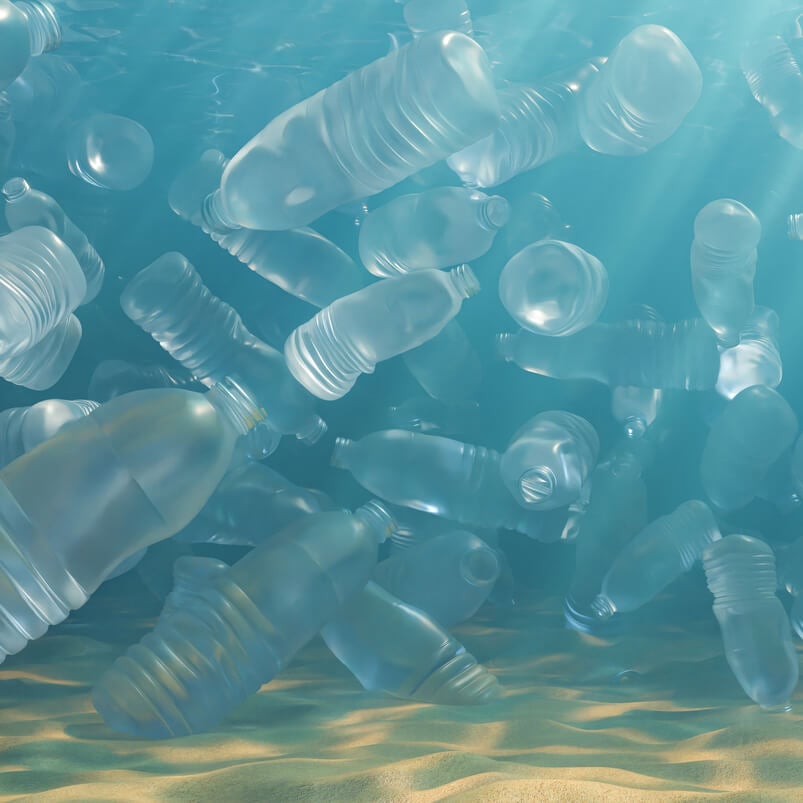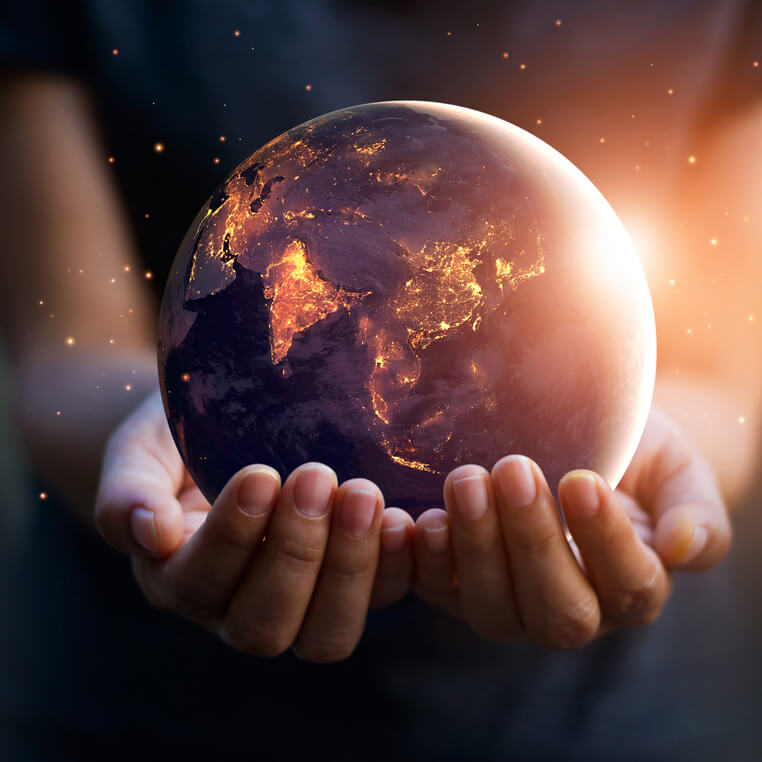Our ocean population is facing a severe crisis; as our waters continue to fill with plastic debris and waste, marine life has begun ingesting these pollutants at an ever-increasing rate. Today, over 180 species of marine life have been documented as hazarded by the mass ingesting of plastic waste; from the tiniest of fish and plankton to enormous sharks and whales.
With 12.7 million tons of plastic being dumped into our waters every year, there is more opportunity than ever for animal life to be endangered by this toxic substance. There is no other way to put it; plastic is literally destroying all of the wondrous life that occupies our world’s oceans.
What Happens When Sea Animals Eat Plastic?
When a sea animal eats plastic, the effects are insurmountably hazardous. Plastic can take up to 1,000 years to break down. Therefore, once ingested, a sea animal can neither digest nor pass plastic. Further, when the substance settles into the gut of a sea animal, it can significantly disrupt further nutrient digestion and can, therefore, lead to slow, painful deaths for these amazing creatures. What’s worse, once an animal eventually dies and decays, that plastic is then re-released back into the waters to wait for its next victim.
Why Is Marine Life Eating So Much Plastic?
Multiple theories are circulating as to why marine life is ingesting plastic at such alarming rates and new studies are illuminating the magnitude of the crisis facing our ocean friends.
1. Plastic Looks Like Food To Many Marine Animals
Different species of marine animals have a variety of different sensory abilities, and those sensory abilities most certainly differ significantly from our own. Therefore, their various sensory skills can make the perception of plastic quite confusing for these animals.
For instance, much like humans, most species of sea turtle rely primarily on their sense of vision to hunt for food. However, turtles are also believed to have the ability to process UV light, so their visual perception is radically different from ours.
Therefore, a prevailing theory surrounding sea turtles and their consumption of plastic is that they may, in fact, be mistaking their perception of plastic as tasty, alluring jellyfish. It is also believed that color naturally becomes a consideration when studying turtles and their consumption of plastic. For instance, young turtles may find themselves naturally attracted to white plastic whereas seabirds will gravitate towards red plastics.
In the end, each animal carries a distinctive ability to perceive plastic visually, and for many species, it is this difference in perception that is making plastic deceptively alluring for consumption.
2. Plastic Smells Like Food To Many Species
New studies are positioning an animal’s sense of smell as the primary reason why sea animal consumption of plastic has become so prevalent. And the primary culprit here is plastic’s uncanny resemblance in smell to algae, a substance that populates a significant percentage of our oceans.
Algae is consumed by krill, a tiny crustacean that serves as a foundation for the marine life food chain. Going one step further, seabirds center their feeding around krill. Therefore, these birds are by proxy ingesting a great deal of krill.
When algae breaks down, that process releases a robust and sulfuric odor known as dimethyl sulfur (DMS). As sea birds hunt for krill, they have come to associate this smell with the prevalence of food and therefore have adapted their hunting techniques to integrate this smell as a strong signal for feeding time.
Unfortunately, plastic debris floating on the surfaces of our oceans also serves as a perfect ecosystem for algae. As more and more plastic floods into our waters, so do the preponderance of algae and the release of DMS. As stated, since this release triggers seabirds hunting instincts, it also puts the animals into feasting mood, tricking them into gorging on vast amounts of plastic, mistaking the deadly substance for krill.
3. Sea Animals Instincts Are Beginning To Shape Themselves Around Plastic
A common misconception is that sea animal’s lack of intelligence is what contributes most to their mass ingestion of plastic, boiling it all down to the simple misunderstanding of a dumb animal. This could not be further from the truth. The great tragedy of what is happening in our oceans is that many sea animals possess highly sophisticated and finely tuned hunter’s instinct. In fact, studies are showing that it is this sophistication itself that is leading to the animal’s mistaken perception of plastic as food, not a lack of intelligence or understanding.
The evolutionary process has created for many species, a precise and honed sense of smell and sight. It is this specification that has caused the confusion surrounding the ingestion of plastic. Somehow in the mix of life, plastic and its properties have become mixed into the select outputs that sea life hunts for during their feeding times. What makes our sea life so amazing is, unfortunately, part of what is killing them.
How do we stop sea animals from eating plastic?
In the end, many evolutionary and biological factors are leading to the epidemic of sea animals eating such a considerable amount of plastic. However, it is our own addiction to plastic products and our cavalier use of our waters as a dumping ground that has led to the crisis. We must accept that while these evolutionary issues are affecting the problem, it is our behavior as a species that is the source of the problem.
Until we dedicate ourselves to staving off our consumerist addiction to plastic, until we make a sizable difference in our massive consumption and improper techniques for plastic disposal, then our marine friends will continue to take the brunt of our decisions. Their lives are in our hands.
When you run the math, what matters more – your water bottle or the life of a beautiful sea creature?
Here is a video taken by diver Rich Horner off the tourist island of Bali show an abundance of plastic in the form of bags, bottles, and buckets. Experts are calling the influx of trash in the ocean a global threat.
Our team at Bloc Enterprises is working hard to solve a piece of this growing waste problem. Every pod is equivalent to 2,000 plastic bottles.




